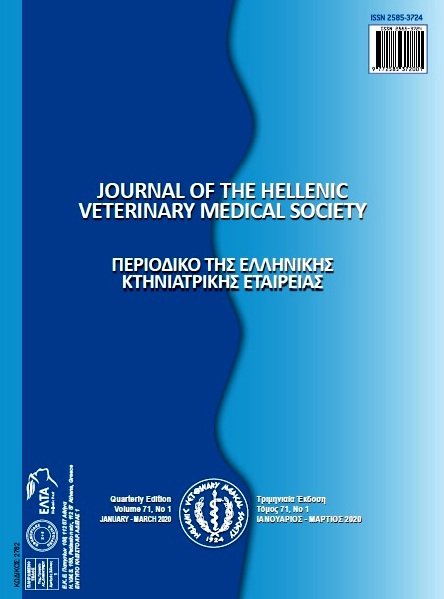Genetic characterization of Lactococcus garvieae isolated from farmed rainbow trout by random amplified polymorphic DNA-PCR in Iran

Abstract
Lactococcosis is one of the main bacterial infections of fish around the world. Lactococcus garvieae has been a major cause of rainbow trout losses in freshwater farming. This study aimed to genotype and determine the variability of L. garvieae isolated from infected farmed rainbow trout in Iran by the RAPD-PCR method. Bacterial samples were collected from 12 farms located in the western part of Iran and suspect ted to carry Lactococcus infection. Two hundred bacterial cultures containing cocci shaped bacteria were cultured in Trypticase soy agar (TSA) and blood agar mediums. All bacterial cultures were tested by conventional microbiological and biochemical tests, and PCR assay to identify L. garvieae by 16S rDNA genes. The RAPD-PCR method was used to determine the genetic patternof all isolates. The sample strain pattern of the isolates was analyzed in the NTSYS program. According to a similarity coefficient index of 70%, all L. garvieae isolates were separated into two groups with four RAPD profile types. The highest and the lowest genetic pairwise similarity among the isolates were 98% and 54%, respectively. The results of the present study revealed that RAPD-PCR is an applicable method to describe the genetic diversity of different strains of L .garvieae among farmed fish.
Article Details
- How to Cite
-
FADAEIFARD, F., RABIEI, M., & SHARIFPOUR, M. F. (2020). Genetic characterization of Lactococcus garvieae isolated from farmed rainbow trout by random amplified polymorphic DNA-PCR in Iran. Journal of the Hellenic Veterinary Medical Society, 71(1), 2023–2030. https://doi.org/10.12681/jhvms.22970
- Issue
- Vol. 71 No. 1 (2020)
- Section
- Research Articles

This work is licensed under a Creative Commons Attribution-NonCommercial 4.0 International License.
Authors who publish with this journal agree to the following terms:
· Authors retain copyright and grant the journal right of first publication with the work simultaneously licensed under a Creative Commons Attribution Non-Commercial License that allows others to share the work with an acknowledgement of the work's authorship and initial publication in this journal.
· Authors are able to enter into separate, additional contractual arrangements for the non-exclusive distribution of the journal's published version of the work (e.g. post it to an institutional repository or publish it in a book), with an acknowledgement of its initial publication in this journal.
· Authors are permitted and encouraged to post their work online (preferably in institutional repositories or on their website) prior to and during the submission process, as it can lead to productive exchanges, as well as earlier and greater citation of published work.


